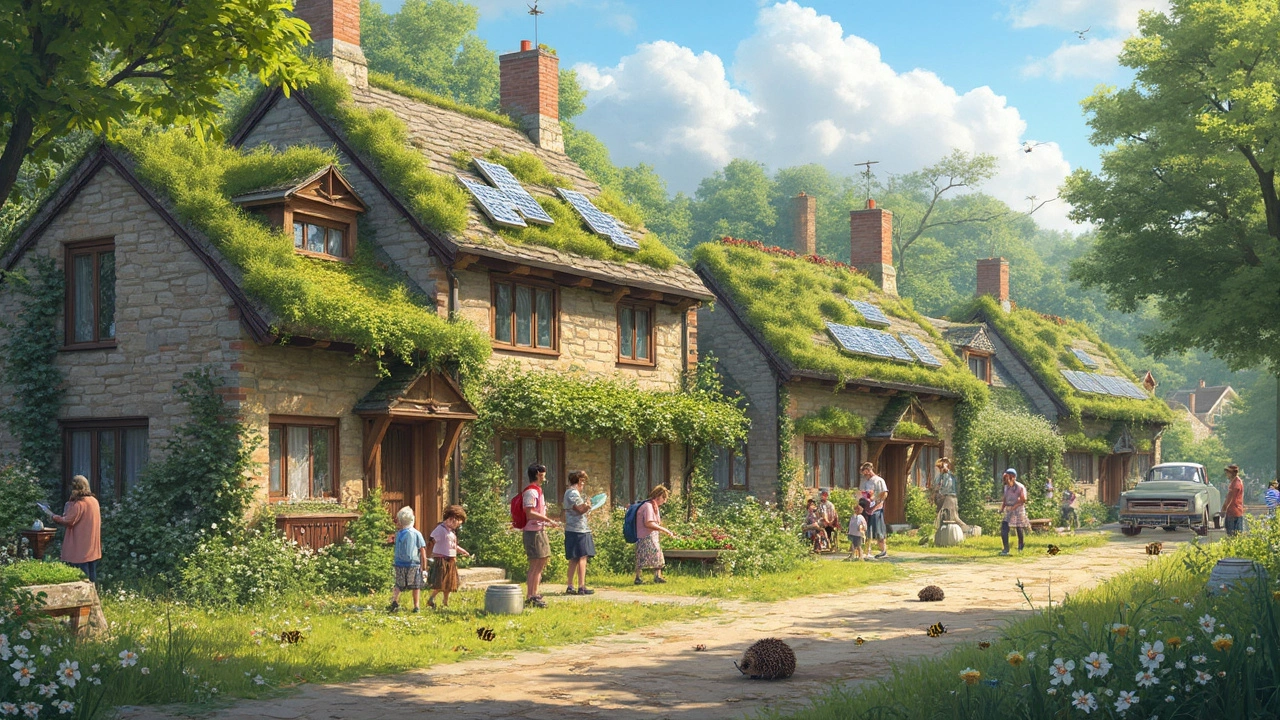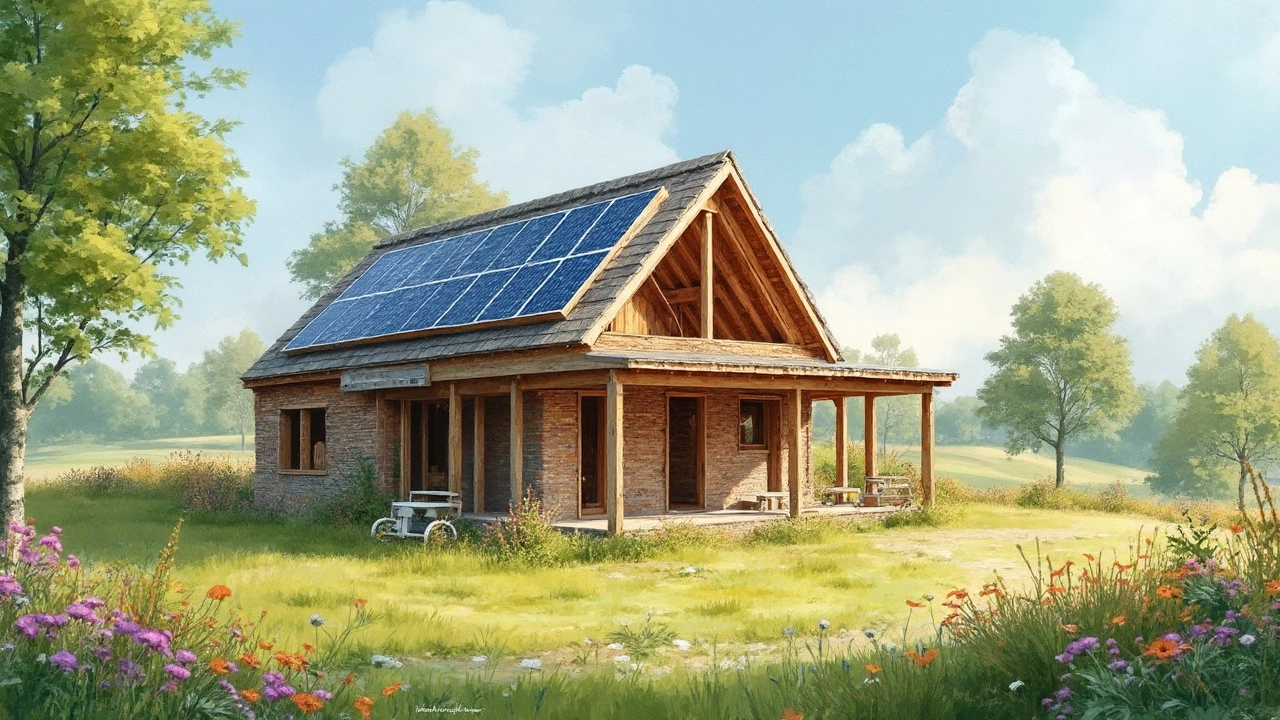Sustainable Cottages: Green Getaways in Lancashire
If you love nature and want a cozy place to stay, a sustainable cottage might be the perfect match. These cottages keep the charm of a country hideaway while using eco‑friendly materials, low‑energy heating and waste‑reduction tricks. In Lancashire’s rolling hills you’ll find plenty of options that let you enjoy fresh air without leaving a big carbon footprint.
What Makes a Cottage Sustainable?
First, look for a building that uses natural insulation like sheep's wool, hempcrete or recycled timber. Those materials keep the cottage warm in winter and cool in summer, which cuts down on heating bills and electricity use. Next, check the energy source – solar panels, ground‑source heat pumps or a small wind turbine are common in green cottages. When the power comes from the sun or earth, you’re not burning fossil fuels.
Water savings matter too. Many sustainable cottages install low‑flow taps, dual‑flush toilets and rain‑water collection systems for garden watering. This reduces the amount of fresh water you need to pull from the mains. Finally, pay attention to waste handling. A good eco‑cottage will have compost bins, recycling stations and sometimes even a small community garden where food scraps turn into fresh herbs.
How to Choose the Right Eco‑Friendly Cottage
Start by reading the listing carefully. Look for keywords like "solar powered," "self‑contained water system" or "certified green building." If the description is vague, reach out to the owner and ask for details about insulation, heating and waste management. A transparent host will be happy to share energy bills or certificates.
Location matters for a low‑impact stay. Choose a cottage that’s close to walking trails, public transport or a nearby village shop. The less you need to drive, the greener your holiday becomes. Many Lancashire cottages sit near the Pennine Way or the Forest of Bowland, so you can hike, bike or even ride a horse without a car.
Think about your own habits, too. If you’re used to taking long showers, a low‑flow system might feel different at first, but you’ll quickly notice the water savings. Bring reusable bottles, cloth napkins and a small tote for any groceries you pick up on the way. Small changes add up and keep the cottage’s sustainability goals on track.
Finally, read reviews. Fellow travelers often comment on how well the eco‑features work in real life – whether the solar panels actually power the lights or if the heating stays comfortable on a chilly night. Positive feedback gives you confidence that the cottage lives up to its green promises.
When you book a sustainable cottage, you’re not just getting a place to sleep. You’re supporting local owners who care about the environment, encouraging renewable energy use and helping preserve Lancashire’s beautiful landscapes for future visitors. So next time you plan a countryside break, think green, think sustainable, and let the charm of a eco‑friendly cottage be your home away from home.

Eco-Friendly House: What’s It Really Called?
Wondering what counts as an eco-friendly house? This practical guide unpacks all the names and features people use to describe truly green homes. We break down the differences between terms like sustainable, passive, and zero-energy, plus simple facts that help you spot an eco-friendly cottage. Learn what actually makes a home kind to the planet, and grab real-life tips to make your living space just a bit greener.
Continue Reading
Build a Cheap Eco-Friendly House
Building an eco-friendly house on a budget isn't just a dream. From sustainable building materials to clever design hacks, creating a green home can be affordable. Focus on locally sourced materials and energy-efficient designs to save money. Learn how recycling old materials can add character without breaking the bank. Let's break down the essentials so you can start building your own earth-friendly sanctuary.
Continue Reading